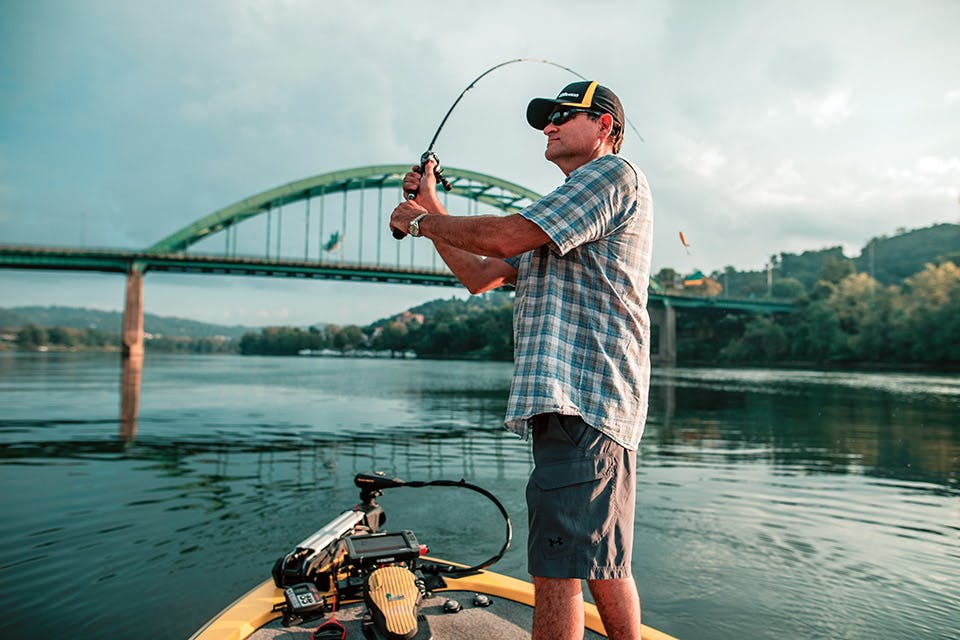Travel
| Long Weekends
3 Spring Outdoor Adventures in West Virginia
From rafting to fishing to off-roading, the Mountain State offers a wealth of outdoor adventures as spring takes hold.
Related Articles

4 Ways to Explore West Virginia this Summer
Spend a day at secluded Summersville Lake, dine at great restaurants, discover historic fire towers and chase waterfalls across the Mountain State. READ MORE >>

6 West Virginia Mountain Towns to Visit this Summer
These communities serve as great bases for exploring the wealth of outdoor adventures, rich history and artistic heritage found in the Mountain State. READ MORE >>

Explore a Pittsburgh Tiki Bar
Writer Michael Pramik takes us along on a trip to Hidden Harbor and his conversation with co-owner Adam Henry. READ MORE >>





